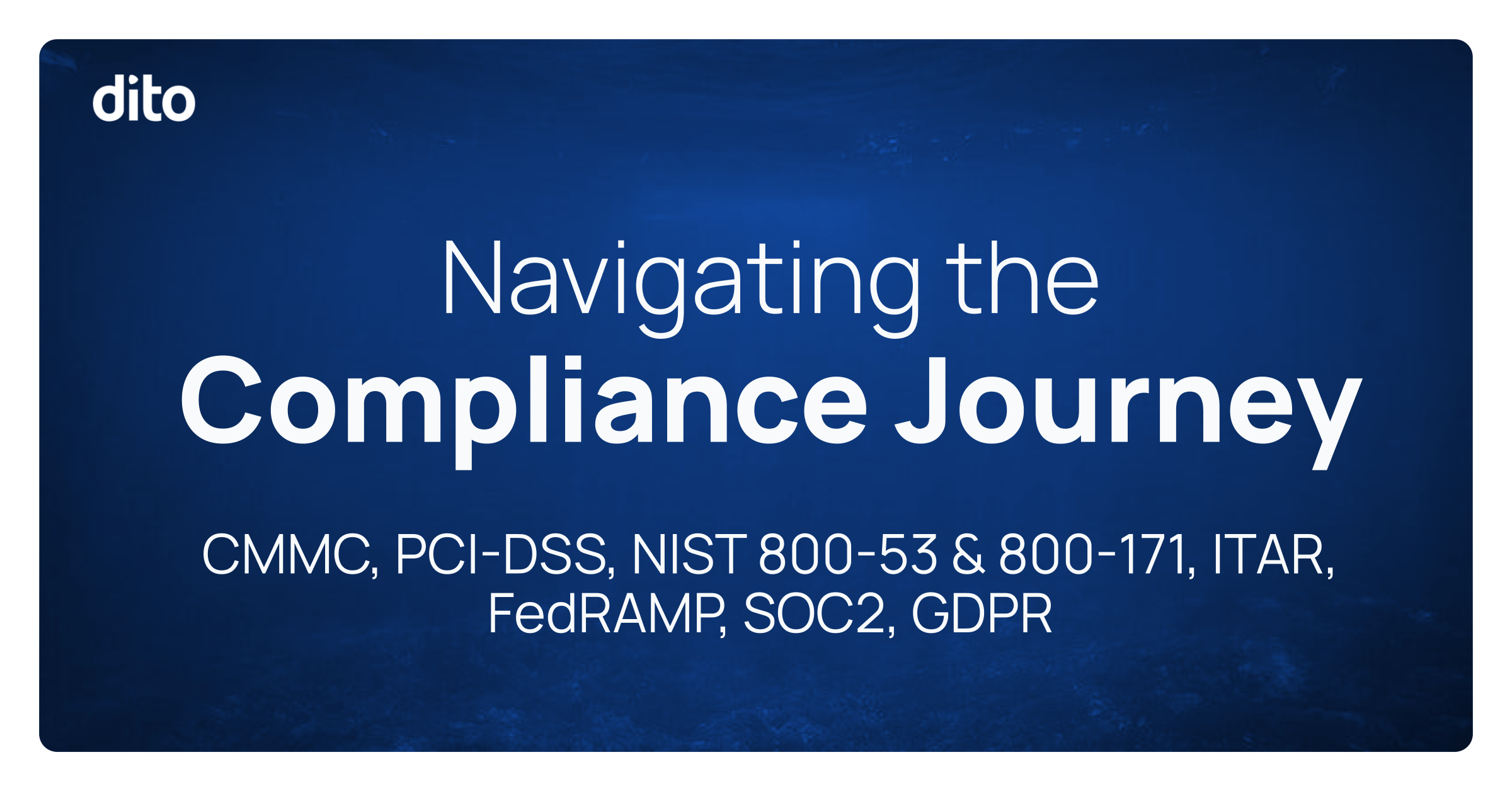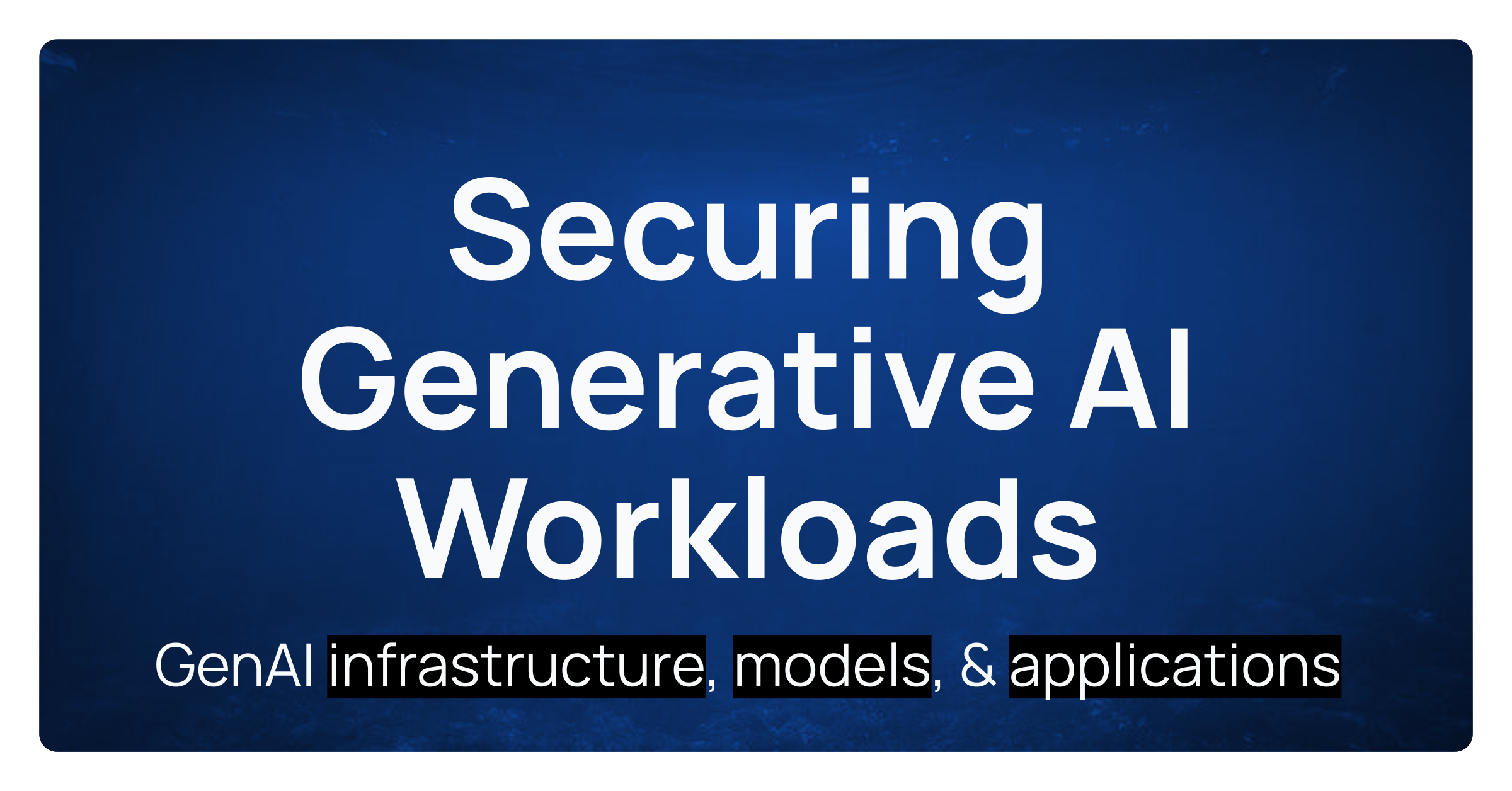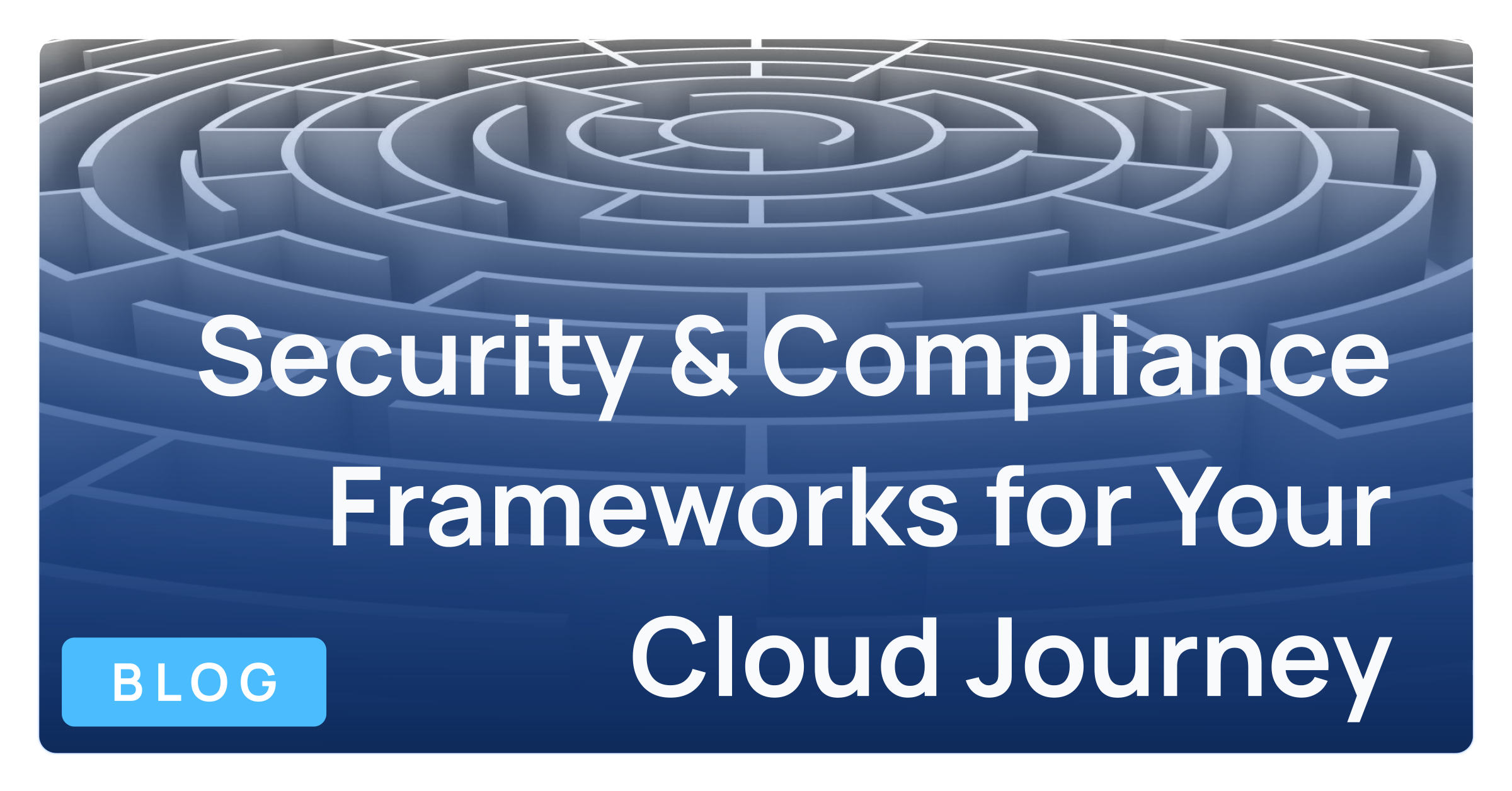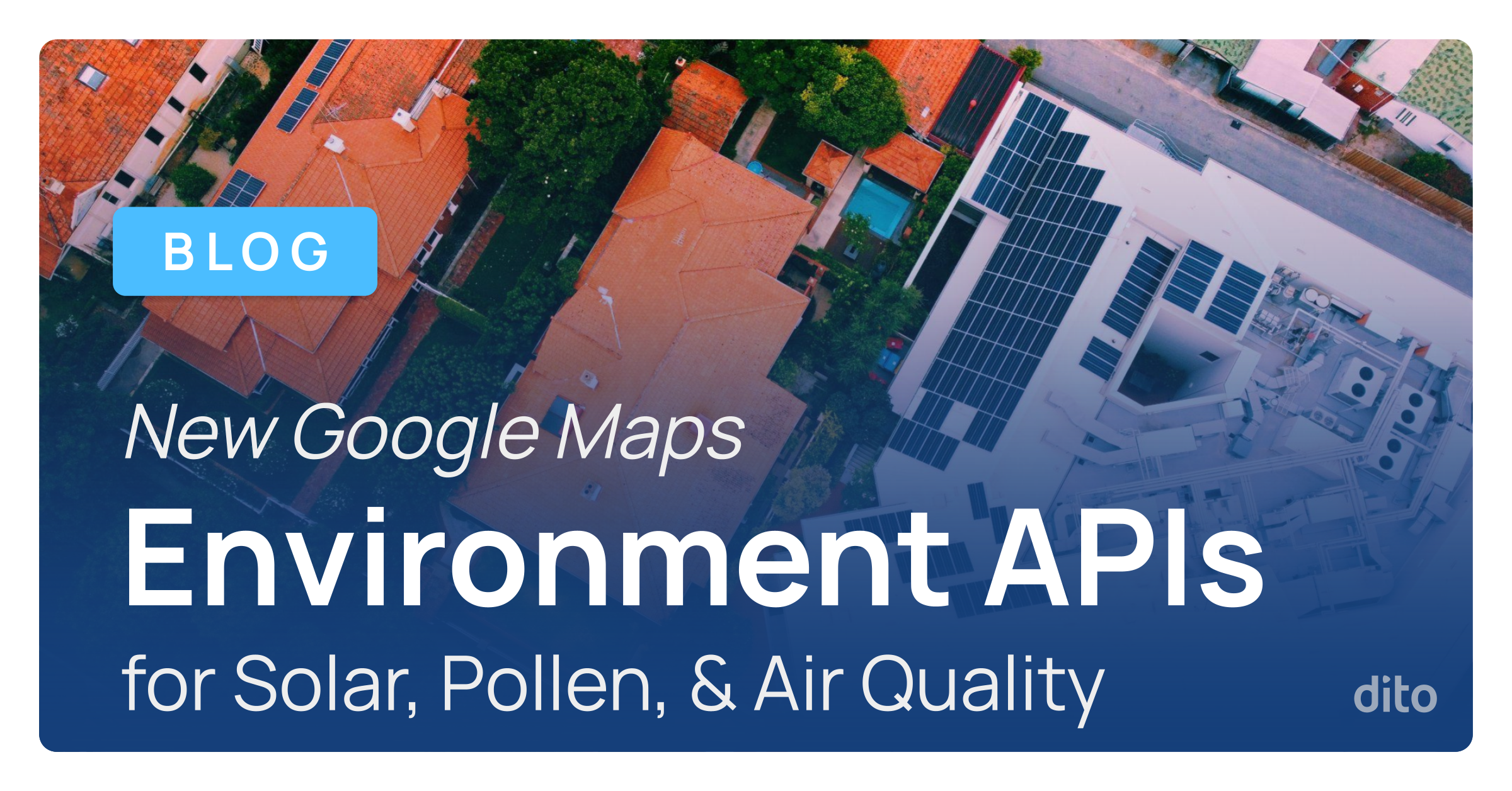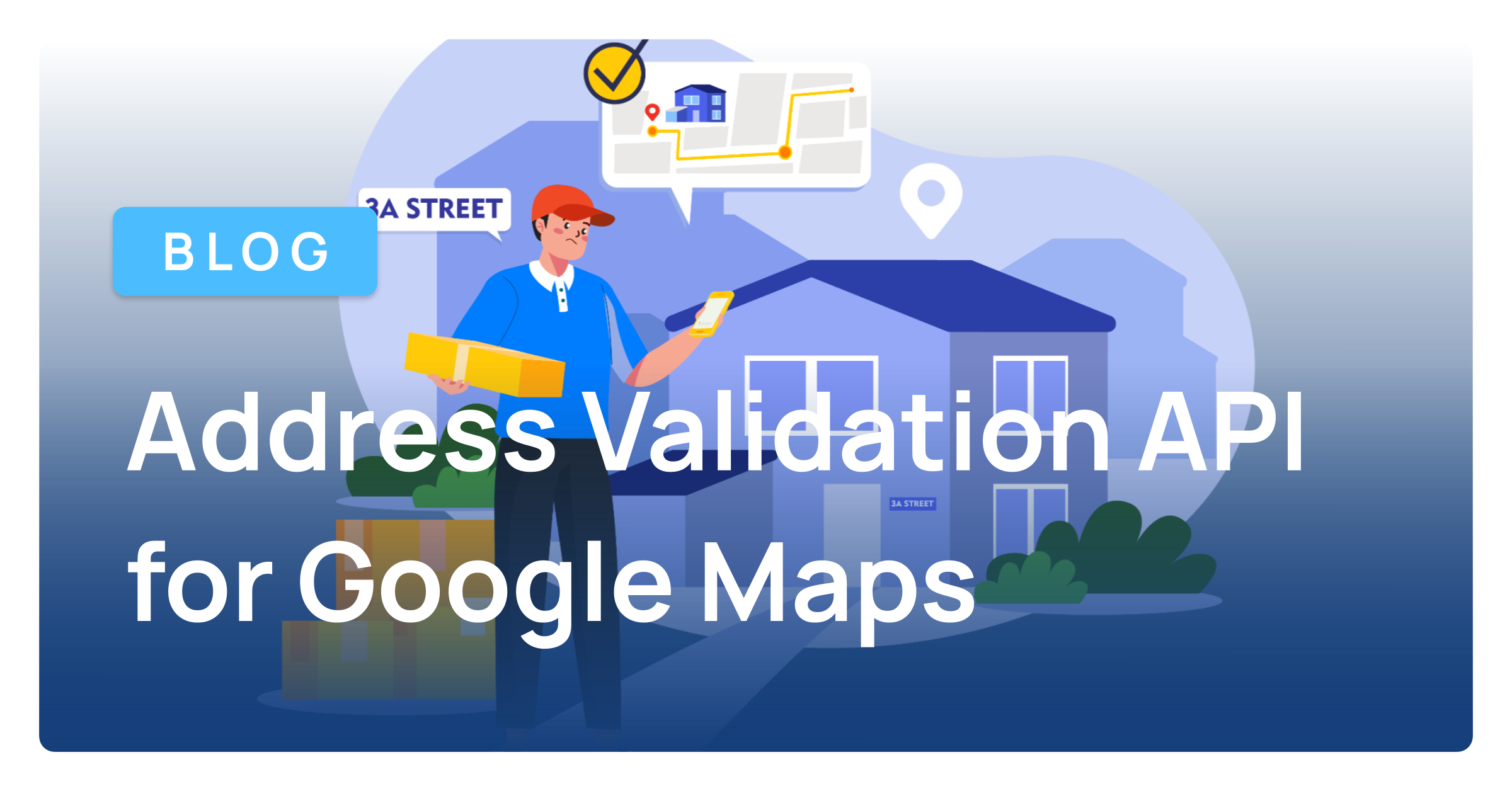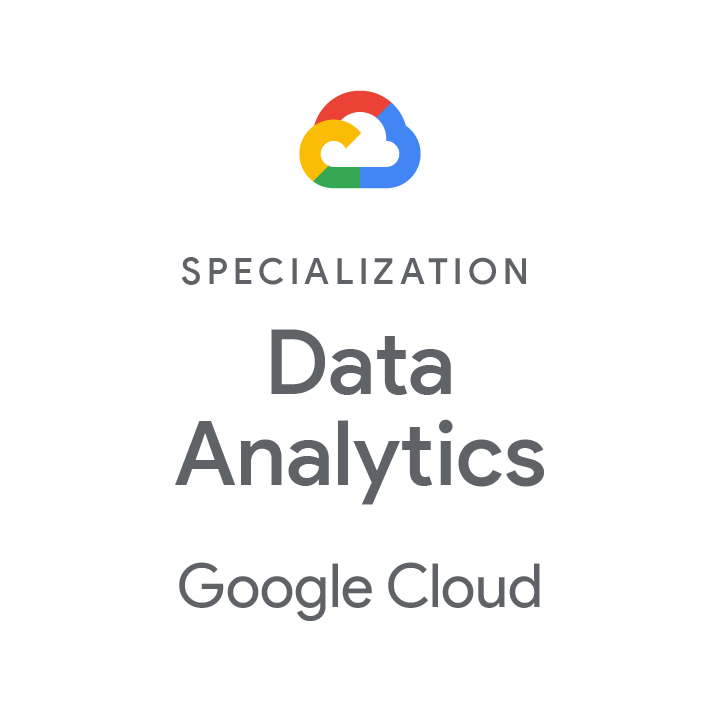With Amazon introducing its new Lake Formation product, the global data lake market is anticipated to reach nearly $12 billion by 2024, according to Advanced Market Analytics. While Microsoft offers its own solution through Azure Data Lake, Google boasts an in-depth, fully managed suite of data lake processing and analytics tools in Cloud Datalab, Cloud Dataproc, and Cloud Dataflow.
What is a data lake? How does it work? What are the benefits of utilizing a data lake? Here are some of the top reasons to build a data lake on GCP and some frequently asked questions regarding it, helping you to streamline your business’s data flows through the use of data lakes on GCP and get a leg up on your competition.
What is a data lake?
A data lake is an all-in-one, organized, and secure repository that stores every piece of your business’s data, both in its raw form and a form that is prepared for in-depth analysis. A data lake allows you to break down data silos and integrate a variety of analytics to gain deeper insights into your industry and guide better business decisions.
How does a data lake work?
A data lake can be broken into a few key stages:
- Data Ingestion
- Data Storage (Cloud Storage is very well-suited for data lakes)
- Data Processing & Analytics
- Workflow Creation & Implementation (Data marts, Real-time analytics, Machine learning)
Why should we move away from traditional data warehousing?
Data warehousing requires strict schemas for most types of data, such as orders, order details, and inventory. Data analytics & reporting that are built purely on traditional data warehousing make it an issue to handle and report on data that doesn’t match with a well-defined schema, because in these cases, that data is often discarded and lost forever.
Making the move from data warehousing to the “store everything” aspect of a data lake is only useful if it’s still possible to extract detailed insights from the data.
Data scientists, engineers, and analysts often want to use the data analysis tool of their choice to process & analyze data in the lake. In addition, the data lake must support the ingestion of enormous amounts of data from a variety of data sources.
Why are businesses moving towards the use of data lakes?
- Integration with new sources of data, such as streaming and Internet of Things (IoT) data.
- Data democratization (self-service of data) – users are moving away from using centralized reporting systems. Since data is so important, waiting for information is no longer an option. Data analysis is a lot simpler now with the tools available to the common user.
- Securing data proliferation – helping to prevent the leak/spread of your user’s data.
Ready to get started?
Dito has a vast background in data analytics & machine learning, and can help you make the digital transformations your business needs. Reach out to us today to learn how we can help you understand your data better.
Read through the Google documentation surrounding data lakes here.


